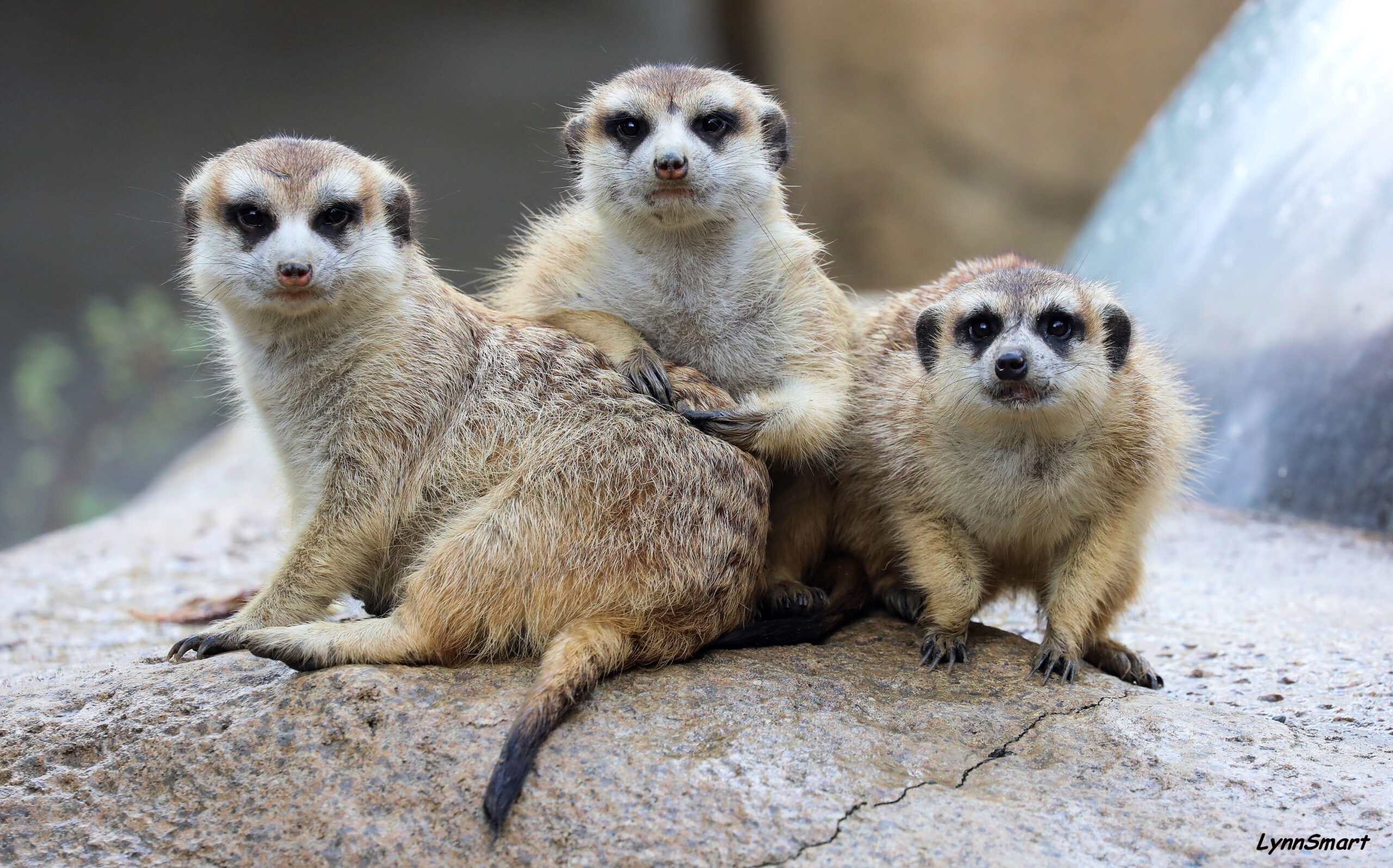New Polar Bear Makes Cincinnati Zoo Debut

Anana explores Kroger Lords of the Arctic exhibit
CINCINNATI, OH (November 30, 2016) – The Cincinnati Zoo & Botanical Garden welcomed Anana, a 16-year-old polar bear from Buffalo Zoo, early last week. After settling in behind the scenes and getting a clean bill of health from Zoo vets, the new female got to explore her new outdoor digs this morning and quickly made herself at home.
Anana is here on a breeding recommendation from the polar bear Species Survival Plan (SSP), the Association of Zoos and Aquariums’ (AZA) advisory group that manages the polar bear population in North American Zoos.
She will be introduced to the Zoo’s male bear, 26-year-old Little One, in a few weeks and, if all goes well, she could have cubs in the fall.
“It’s been more than 25 years since we’ve had polar bear cubs at the Cincinnati Zoo, and the population of polar bears throughout North American Zoos is declining. Anana has produced cubs in the past, so we’re hoping that she and Little One, who is a genetically valuable male and thought to be fertile, will be able to reproduce,” said Cincinnati Zoo Director Thane Maynard.
Anana now has access to the lower part of the exhibit, including a diving pool, and her indoor dens. Little one has the same access in the upper part of the exhibit. They go in and out throughout the day, so visitors may see them on the first lap around the Zoo and not on the next.
 Berit Update
Berit Update
As part of the SSP recommendation to bring Anana to Cincinnati, the female that had been with Little One since 2007 (without becoming pregnant) was sent to Henry Vilas Zoo in Madison, WI. Her caretakers say that Berit is doing great and likes to roll in the mud in her new exhibit. Dr. Erin Curry, the reproductive physiologist at Cincinnati Zoo’s Center for Conservation & Research of Endangered Wildlife (CREW)dedicated to polar bear research will continue to monitor her.
“Studying bears in Zoos provides unique opportunities for research that would not be feasible with wild bears. Because it is challenging to collect serial samples from the same bear in a field setting, scientists use bears like Berit, Little One and Anana as models to learn more about the complex physiology of this species,” said Curry.
 Support Polar Bear Conservation – T-shirt fundraiser ends December 2
Support Polar Bear Conservation – T-shirt fundraiser ends December 2
To support polar bears locally, take the Polar Bear Challenge. Donate online or purchase a polar bear shirt (Booster.com campaign ends December 2) to contribute. By purchasing a polar bear shirt, you are helping to support the Cincinnati Zoo’s Center for Conservation & Research of Endangered Wildlife (CREW) as it works to create a more stable future for the world’s threatened polar bears.
The Cincinnati Zoo is proud to partner with Polar Bears International as an Arctic Ambassador Center to help spearhead community efforts to reduce carbon dioxide and to educate visitors about global warming and wildlife conservation. Polar bears live in remote areas making them difficult and expensive to study. Monitoring and surveying them is challenging. Therefore, scientists don’t have solid figures on the total number of polar bears worldwide. The most recent IUCN report estimates that there are 26,000 polar bears left in the wild and lists it as a vulnerable species, citing loss of Arctic sea ice due to climate change as its most serious threat.

